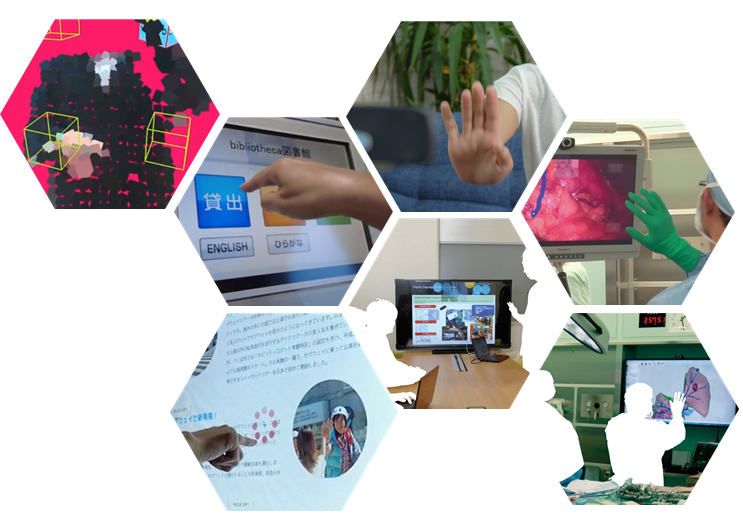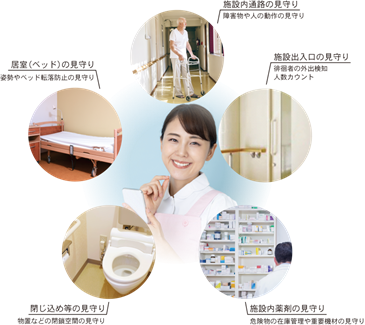The aeroTAP Smart Sensor is a device that integrates 3D and AI technology through a stereo vision 3D sensor, offering features such as "human posture recognition," "3D head movement tracking," "spatial sensor," "virtual gates," and "virtual cages."
The AI, trained with depth images, recognizes human postures and some body parts. The 3D sensor technology continuously analyzes the space, allowing it to track human movements in 3D space. Unlike 2D cameras, it constantly provides "distance and dimension information".
Differences from RGB AI cameras:
■ Privacy considerations using depth images
It uses depth images that do not identify individuals or specific details like clothing or facial features, making it suitable for use in public facilities, restrooms, and changing rooms
■ Accurate understanding of spatial relationships in 3D
For example, instead of merely detecting whether something is in view of the camera, it can determine the distance from dangerous areas and assess real risk, reducing unnecessary false positive alarms.
Key Features:
■ Small, lightweight sensor for easy mobility and setup
■ Manageable over a network with multiple sensors
■ Can be integrated with existing systems ( Customization required)





